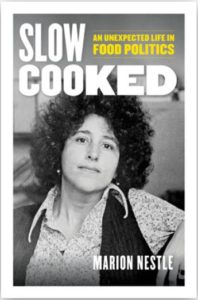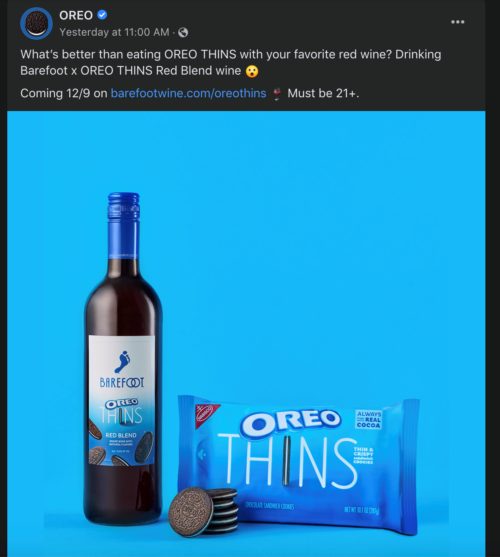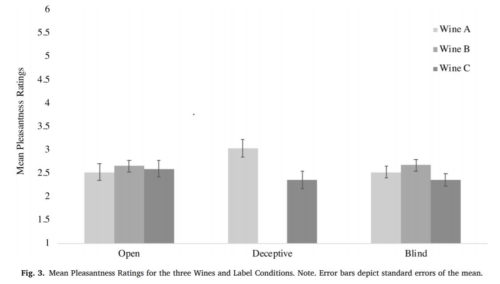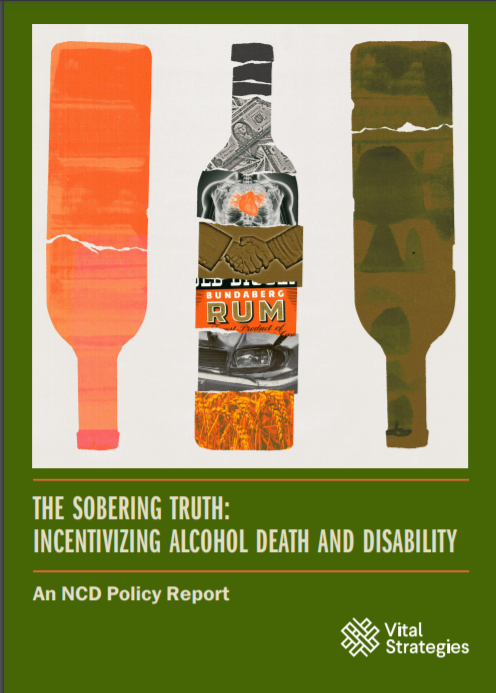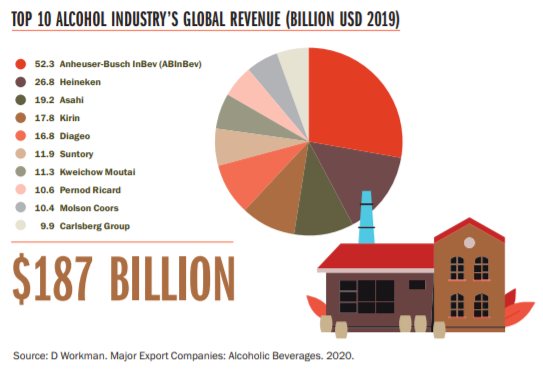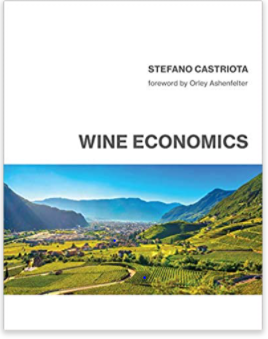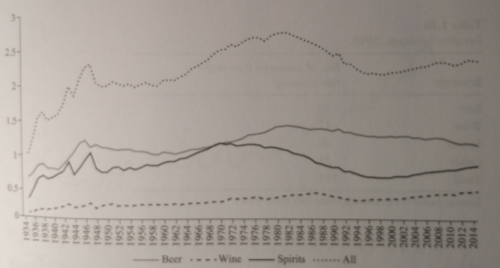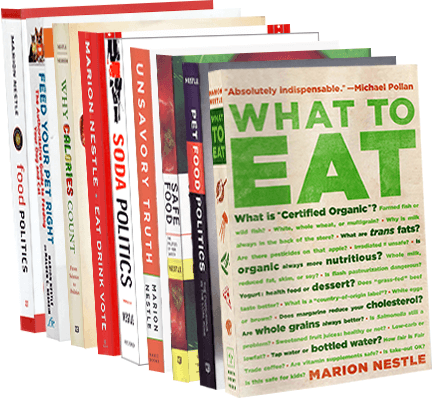Will we ever get better labeling of alcoholic beverages? Yet another try.
My book talk today: Online with Hunter’s Food Policy Center in conversation with Charles Platkin, 9:30 to 10:30 a.m. Registration is HERE.
******
The Center for Science in the Public Interest (CSPI) announces that it and the Consumer Federation of America and the National Consumers League are filing a lawsuit calling on the Treasury Department to compel a decision on mandatory alcohol content, calorie, ingredient, and allergen labeling on alcoholic beverages.
Plaintiffs seek relief from Defendants’ nearly nineteen-year delay in responding to a 2003 petition submitted by Plaintiffs, 66 other organizations and eight individuals, including four deans of public health. [See Petition]…The Petitio urged TTB to reequire alcohol labelig with the same basic transparency consumers expect in foods. For alcohol, that means labeling that has alcohol content, calorie, and ingredient information—including ingredients that can cause allergic reactions.
Nineteen year delay? Yes. Why? The alcohol industry would much rather that you don’t know what you are drinking. It has opposed virtually every attempt to expose what’s in its products.
Just for fun, I looked up the alcohol labeling chapter in my book with Malden Nesheim, Why Calories Count: From Science to Politics.
We titled the chapter, “Alcohol labels: industry vs. consumers.”
Here, for your amusement, is the table illustrating current labeling requirements.
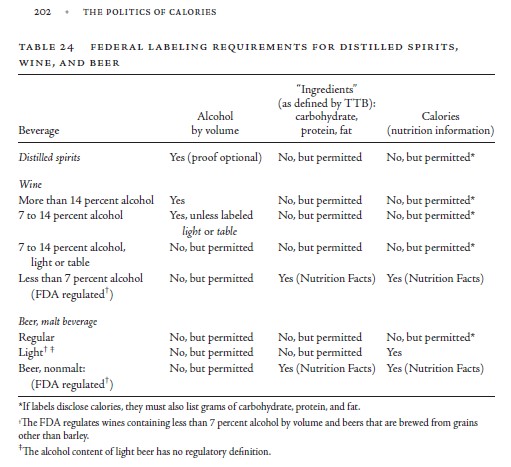
CSPI deserves much applause for trying to fix this situation and for its patience.
We need something a lot better than this.
***********
For 30% off, go to www.ucpress.edu/9780520384156. Use code 21W2240 at checkout.
